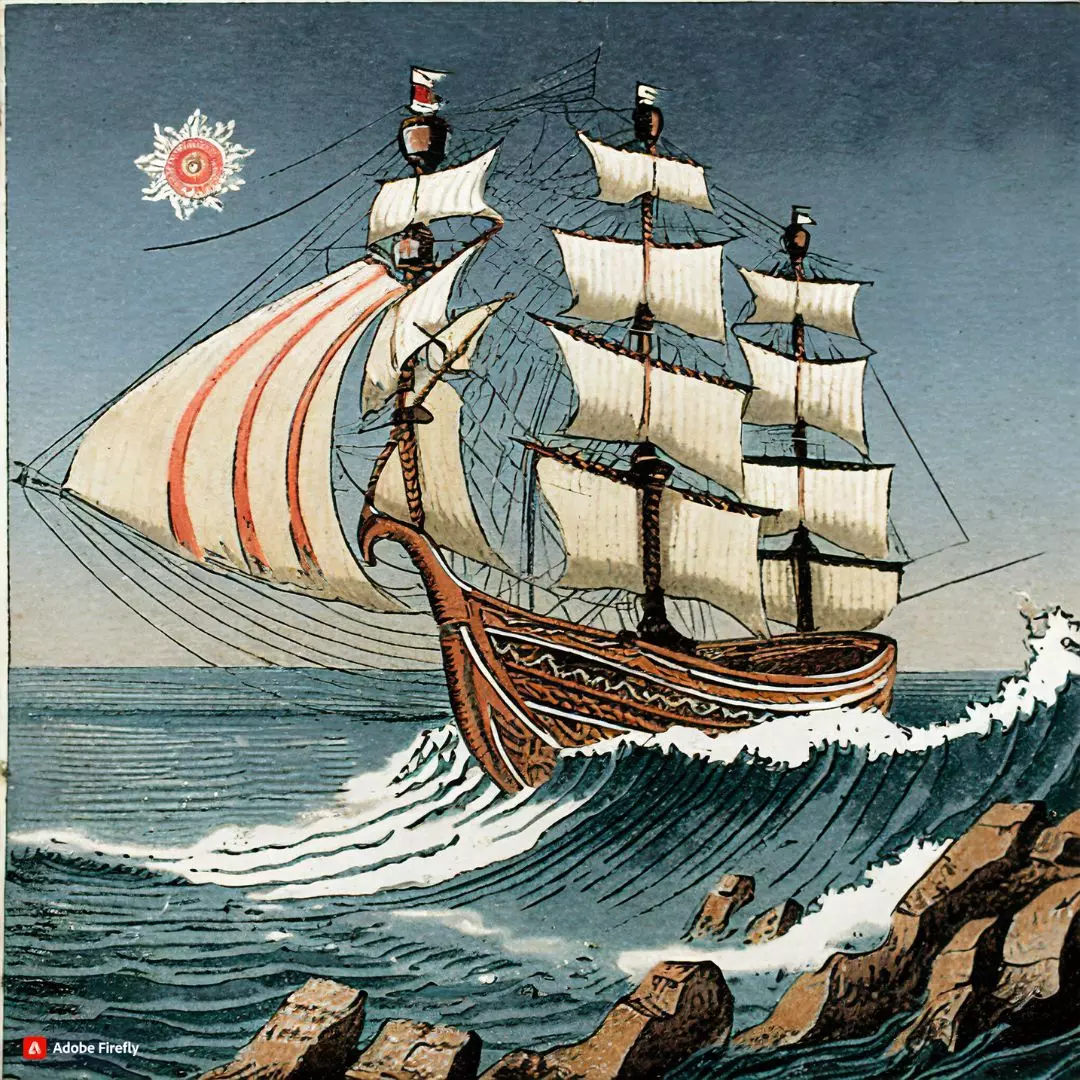India, a cradle of ancient civilizations, boasts a maritime heritage deeply rooted in history. From the Rig Veda’s earliest references to seafaring activities to the modern Indian Navy, the nation’s maritime journey is a fascinating odyssey. Delving into the annals of time, we unveil the rich tapestry of India’s maritime glory, showcasing its supremacy over the Indian Ocean and the enduring impact on trade, culture, and diplomacy.
Tracing back to 3000 BC, the Indus Valley Civilization engaged in maritime trade with Mesopotamia, laying the foundation for India’s maritime legacy. The discovery of the Lothal dry-dock in 2400 BC reflects advanced knowledge of tides and nautical factors, marking a global milestone.
The Rig Veda, dating from 2000 to 500 BC, references Varuna, the Lord of the Sea, illustrating the profound understanding of ocean routes. The epics Ramayana and Mahabharata depict seafaring merchants navigating foreign waters in pursuit of trade and wealth, fostering cultural exchanges.
Mauryas & Naval Administration
During the Nanda and Maurya era (500-200 BC), India’s maritime influence expanded, spreading its culture and beliefs. Megasthenes documented the Mauryan naval administration, detailing the first-ever recorded navy’s role in naval warfare and navigation.
Golden Age of Gupta Dynasty (320-500 AD)
The Gupta Empire’s golden age witnessed a flourishing maritime trade, economic prosperity, and cultural expansion. Notable astronomers Aryabhata and Varahamihira advanced oceanic navigation, mapping celestial bodies for accurate maritime journeys.
Cholas, Cheras, and Pandyas
The Chola dynasty (3rd-13th century) epitomized India’s maritime prowess, establishing trade links from Southeast Asia to the Roman Empire. The Cheras navigated through Arabian Sea rivers, while the Pandyas, renowned sea traders, linked India to the Roman Empire and Egypt.
Maratha Resistance and Kanhoji Angre
The Marathas, under Shivaji, recognized the strategic importance of a navy, building coastal forts and establishing a powerful naval force. Kanhoji Angre’s legendary resistance against the Portuguese and British navies for over 90 years solidified India’s maritime resilience.
British Arrival and Naval Developments
With the British arrival in the 16th century, India’s maritime dynamics underwent a seismic shift. The Portuguese, Dutch, and French competed for dominance. The British, realizing the seas’ significance, established a strong naval force, essential to their rule over India. The Marathas and later the British emphasized naval strength, using it as a tool for territorial control. The Royal Indian Navy played a pivotal role in World War II, showcasing India’s maritime capabilities on a global scale.
Post-Independence and Modern Indian Navy:
Post-independence in 1947, the Royal Indian Navy transitioned into the Indian Navy. The naval force’s transformation mirrored India’s journey, shedding the colonial legacy and embracing a new era of maritime prowess. On Navy Day, celebrated on December 4, India pays tribute to its naval heroes and showcases its maritime might.
India’s maritime history is an intricate narrative, woven with threads of trade, culture, and strategic prowess. From ancient seafaring civilizations to the modern Indian Navy, the nation’s journey reflects resilience, innovation, and adaptability. As we celebrate the rich tapestry of India’s maritime saga, we acknowledge its enduring impact on the nation’s identity and global standing.
Also Read: Ocean Literacy Takes Center Stage As UNESCO Calls For Global Participation In The Blue Revolution











